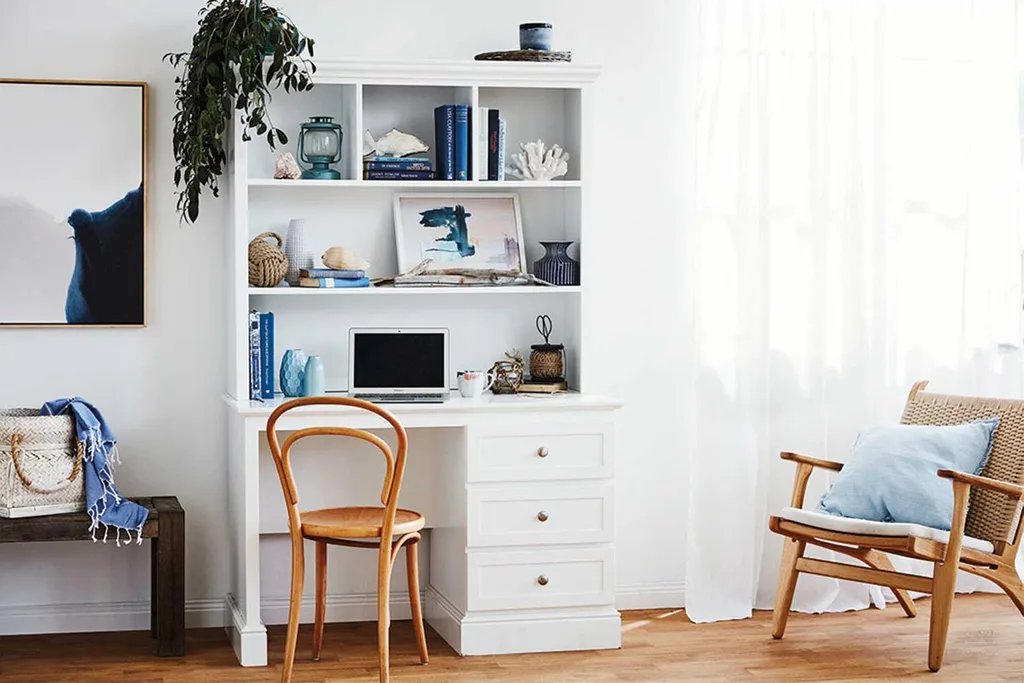Many of us are now working from home or in isolation, so keeping our living space clean of coronavirus is a must. Not only to protect ourselves and our families, but to flatten the bell curve and protect the community and the most vulnerable.
WATCH: 7 simple steps to prevent the spread of coronavirus
The latest research, released March 17, 2020, evaluated the stability of the virus on various surfaces including plastic, stainless steel, copper, cardboard and aerosols.
The study found the virus can remain viable and infectious in aerosols for hours and on surfaces up to days (72 hours).
So what does that mean for housecleaning?
Here, the latest advice to clean your home for COVID-19 (also referred to as coronavirus and SARS-CoV-2).
Is there an effective way to clean your home and kill the virus-free?
Yes, there is. According to the federal government the guidelines we should clean the surfaces first, using a detergent or other cleaning agent designed for the surface, before disinfecting.
So I need to clean first, then round two disinfect my home?
Yep. Basically, cleaning with detergent first reduces the soil load, allowing the disinfectant to work.
“Cleaning is an essential part of disinfection,” states the guidelines. “Organic matter can inactivate many disinfectants.”

What cleaning products should you use?
This is the perfect time to get knowledgeable about your household cleaners. Read the labels carefully, use the appropriate cleaning products for their intended use (that means no window cleaner on benchtops!), and follow the instructions carefully – including the water to product ratio measurements – to ensure efficiency.
Detergents
Use a detergent first up to clean the surface. Remember, the job of detergent and first-round cleaning is to remove organic matter, germs, viruses and build-up from surfaces. This allows the disinfection two work – and ultimately kill germs.
Disinfectants
Look for disinfectants labelled ‘hospital grade’, or ‘kills 99.9% of germs.’ This are the hard-core virus killers suitable for home-cleaning use.
Disinfectant wipes
The guidelines states “detergent solution or disinfectant wipes are adequate for cleaning general surfaces.”
What should you clean?
Start with the most frequently touched surfaces including:
- Door handles
- Benchtops
- Light switches
- Benchtops, tabletops and surfaces where you cook and eat
- Chairs
- Fridge, microwave and cupboard doors
- Drawer handles and bedrails
- Frequently used tech – TV remote, tablet, mobile phone, TV switches, computers, alarms
- Toilet flush and seat
- Taps
If you have little children, add cupboard doors, chairs (look for the grotty finger prints!) and any surface at ‘little person height’.

How often should you clean frequently touched surfaces?
Daily. The guidelines recommend ‘cleaning frequently’, but really, frequently is a subjective thing. Most health experts agree ‘daily’. Additionally, the official guidelines recommend cleaning surfaces immediately after any spillage, any soiled surfaces such as tap handles, and more often if someone in the home is coughing and sneezing.
Minimally touched surfaces typically include:
- Floors
- Ceilings
- Walls
- Blinds
- Mirrors
- Windows
- Sofas, chairs, outdoor seating.
How should you clean minimally touched surfaces?
- Damp mopping is preferable to dry mopping.
- Walls and blinds should be cleaned when visibly dusty or soiled.
- Window curtains should be regularly changed in addition to being cleaned when soiled.
- Sinks and basins should be cleaned on a regular basis.
How long will it take to kill the virus?
“Sufficient time is required to kill the virus, i.e., at least 10 minutes contact time.”
How to protect yourself when cleaning?
It’s human nature to touch our eyes, face, mouth and other body parts. When cleaning, wear a mask and non-penetrable gloves. When you have finished cleaning, wash the gloves thoroughly with soap then dry them. Then wash your hands thoroughly with soap. Practising good health, hygiene and hand washing is essential to stop and slow the spread of the virus.
Good hand washing practice
Use soap and running water, washing hands for minimum 20 seconds, regularly. Or use an alcohol-based hand rub.
This article was adapted from Department of Health COVID-19 (coronovirus) resources; QLD Health COVID-19 cleaning and disinfection recommendations; Adapted from Australian Guidelines for the Prevention and Control of Infection in Healthcare, Canberra: National Health and Medical Research Council (2019);
You might also like:
Why people are buying herbs in preparation for COVID19 isolation
Self-isolating? 6 things to do for good mental wellbeing
7 germy places in your home here
 Getty
Getty










